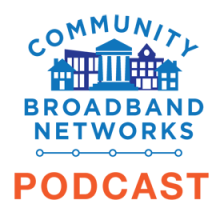Holland, Michigan, Releases RFI, Responses Due Dec. 20th
Holland, Michigan, continues to pursue better local connectivity and hopes to find a private sector partner interested in using publicly owned fiber.
Recently, the city released a Request for Information (RFI) to reach out to potential partners who might be interested in working with the city for a Fiber-to-the-Premises (FTTP) project. Responses are due December 20, 2016.
Developing Over Time
The community of approximately 33,000 people deployed fiber-optic infrastructure in the early 1990s for power smart grid capability for their municipal electric utility. Since then, Holland Board of Public Works (HBPW) has expanded the network to provide connectivity for local school facilities and wholesale Internet services to a few local businesses that require high capacity data services. Over the years, Holland has increased the network to about 76 miles of backbone fiber and more than 150 total miles, which includes laterals.
After engaging in a pilot project, HBPW released a study that analyzed possible business models and routes for a FTTP network designed to provide Gigabit per second (1,000 Megabits per second) capacity. Cost estimates for two separate options - one to provide service to all of HPBW’s service area and one only to premises within the city - came in at $63.2 million and $29.8 million respectively. The study assumed a “hybrid open access” model in which Holland would offer retail services but also lease excess capacity to private providers who also want to offer services to residents or businesses.
Looking At All The Options
Now that Holland has completed a study that provides one option, the community is interested in hearing what potential partners have to offer. The city seeks a partnership that:



